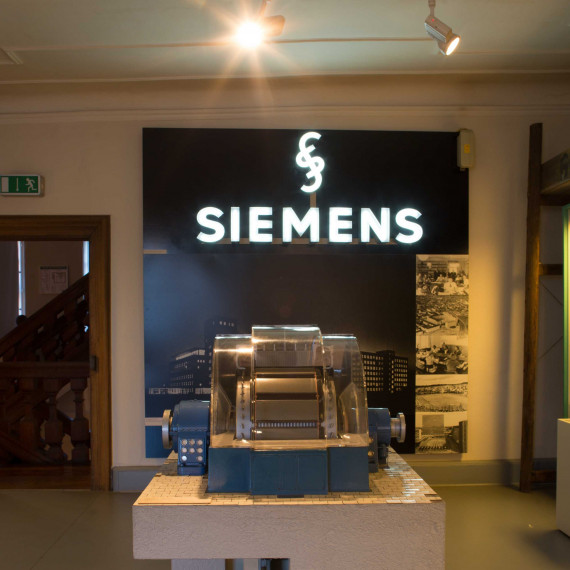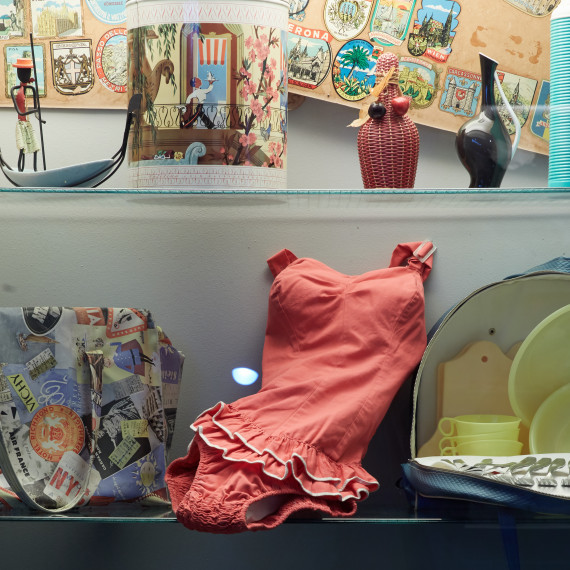Modern Erlangen

In the first post-war decade, Erlangen, as a town free from bombing damage, had the good fortune of the Siemens-Schuckertwerke AG company from Berlin moving its administrative centre to the town, thus becoming a guarantor of economic success. Not only new construction projects in its southern boroughs, but also demolitions and alterations in the historic centre changed the face of the town. The prevailing trend towards car-friendly inner cities also contributed its fair share.
Like everywhere else, the US military government in power from 1945 to 1949 controlled the rebuilding of civilian life. This period was marked by difficulties with denazification and a lack of housing, food, and fuel for heating. Moreover, thousands of refugees and German populations expelled from central and eastern Europe had to be integrated, and democratic ways of operating had to be practiced in the newly formed political parties, trade unions, and civil society organisations.

The contrast between and the coexistence of Siemensianer (Siemens employees) and locals characterised Erlangen's social and cultural life in the 1950s. The productions of the Studiobühne student theatre company and its Internationale Theaterwochen festival (1949 to 1968) caused a stir. The Margravial Theatre and the Redoutensaal hall saw a host of performances, and the Gemeinnütziger Konzert- und Theaterverein ('Charitable Concert and Theatrical Association', Erlangen's first citizens' initiative) and an arts society flourished. A large number of modernised and newly constructed elementary, secondary, and vocational schools, as well as grammar schools, made Erlangen into a 'City of Schools'.
The expansion of the university took place in parallel to rapid urban development. After a reduction in student influx (until 1948/49 ca. 5000 enrolments per semester), and after incorporating the Nuremberg Academy for Economic and Social Sciences (1961) and the establishment of a Faculty of Technology (1966), student numbers at Friedrich-Alexander-University (FAU) exceeded 20,000 in the 1950s. The major university hospitals located in the centre and new university campuses in the south still dominate parts of the cityscape.
In 1974, Erlangen attained the status of Großstadt ('large town/city', based on a population > 100,000). Since 1950, not least due to several municipal mergers, the population had doubled. Integrating neighbouring municipalities in 1967 and 1972, during the Bavarian land reform, enlarged the town area to 7693 hectares. Since the withdrawal of the US garrison in 1993/94, a new, promising development site has opened up in the eastern part of town.
< Previous chapter | Next chapter >
